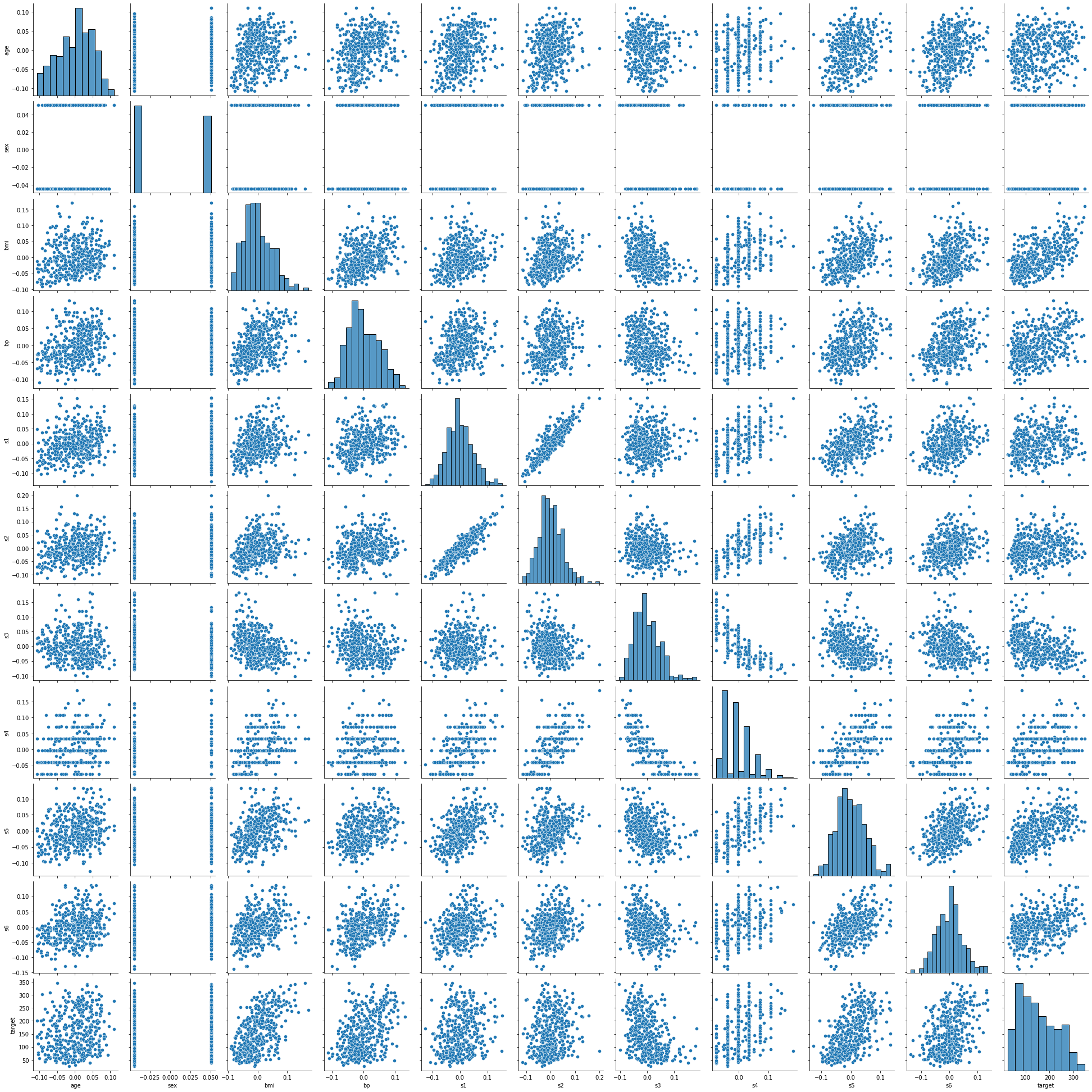

If there is a trend, they could use this data to better plan for future high-volume sales days. the temperature outside to see if there is any relationship between sales and temperature. For example, a coffee shop could track sales of iced coffee vs. A scatter plot is useful for understanding if two different data points may be related. You will be able to quickly identify outliers with high or low spending and see if different departments group together. You can use a scatter chart to plot out how much each department spent over the last year. This can help you understand if products are priced correctly and if there is any variance in revenue across product lines. Track the number of units sold with how much revenue each produces. Use a scatter plot to visualize how a suite of products is performing. You will be able to see if there is a correlation between the two data points and if the data groups fall into significant categories. For example, chart the total value of a user’s purchase with basic demographic data like age. This can be helpful when developing user personas based on user characteristics. A scatter plot can be used to see clusters of data. You can use scatter plots to help inform business decisions for a wide range of use cases across departments, including: Using a Scatter Plot in Different Business Scenarios
SCATTER PLOT GRAPH CREATOR SOFTWARE
For example, you could ask the question, “Are my employees more productive in the office when they use their PTO?” A scatter plot can show if there is a positive, negative, or negligible relationship between the number of days of PTO an employee uses and the number of customer calls resolved, software bugs updated, or prospecting leads found. Scatter plots can also be useful in identifying if there is a relationship between two data points. Some as simple as, “Does reducing the price of a product increase sales?” By charting product prices and the number of units sold at each price, you can see how the two variables relate to each other. This can be helpful in answering business questions. Using a scatter plot in your business intelligence allows you to highlight the normal tendency of the values of your data. A scatter plot can also show no correlation between the data. Other relationships that can be revealed include exponential increases or decreases and linear trends. A scatter plot will show a positive or negative correlation in the data (with both values increasing, or one increasing while the other decreases). There are several ways scatter plots can visualize relationships within your data. While visualizing trends and groups of data, they also allow you to find outliers that warrant further investigation and show the general distribution of the data. Scatter plots really shine when they are used for large datasets. A scatter plot can show trends, clusters, patterns, and relationships at the same time, in one chart. The resulting plot points reveal trends in the data, with the shape of the plot points telling a story behind your dataset. To build a scatter plot you need two columns of data, with each column detailing the values for each axis. Each value between the x,y pair is charted as a single plot point. A scatter plot, also known as a scatter chart or a scatter graph, is a good visualization tool when you don’t need to understand each individual data point, but you want to see how datasets relate to each other or what trends are present.Ī scatter plot charts the relationship between two values, one on the x-axis and one on the y-axis.

When you need to visualize a large number of data points, a scatter plot is one of the best tools for evaluating trends and relationships. Scatter Plot Charts See Relationships in Your Data with Scatter Plots


 0 kommentar(er)
0 kommentar(er)
